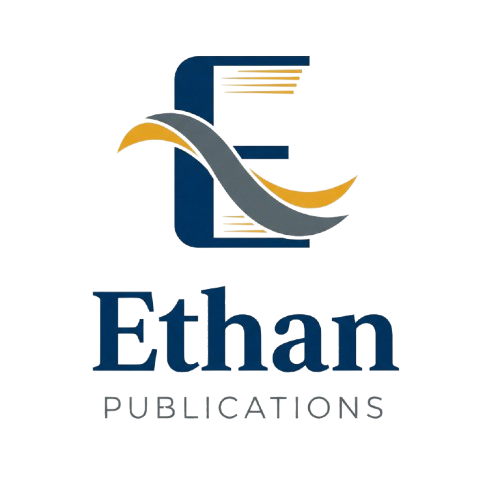ASSESSING THE IMPACT OF GREEN FINANCE AND CLIMATE RISK ON FINANCIAL MARKET DEVELOPMENT IN SUB-SAHARAN AFRICA
Authors: Uwimana, Jean Claude
DOI: 10.5281/zenodo.17376906
Published: October 2025
Abstract
<p><em>Financial market development remains low and uneven in the face of desired green finance encumbered by climate risk in sub-sahara Africa. This study explores the interplay between green finance, climate risk, and financial market development by investigating the effect of green finance in mitigating climate-related risks, examining whether financial market development enhances the impact of green finance on climate risk mitigation, and analyzing the influence of financial market development on green finance inflows. Employing a panel data analysis of 40 Sub-Saharan out of 54 African countries from 2015 to 2022, the findings reveal that green finance inflows significantly reduce CO2 intensity (coef: -0.001, p=0.045) and climate vulnerability (coef: -0.0000411, p=0.048), at 5% significance level, supporting their role in mitigating transition and physical climate risks, though no significant effect was found on climate readiness. Financial market development amplifies the effect of green finance on CO2 intensity (coef: -0.005, p=0.073) and climate vulnerability (coef: -0.0003827, p=0.058), indicating that robust financial systems enhance the efficacy of green finance, no significant impact on climate readiness. Financial market development, through low non-performing loan ratios (coef: -46.398, p=0.099) and high private sector credit (coef: 0.714, p=0.07), significantly drives green finance inflows. The findings are consistent with the Environmental Kuznets Curve Hypothesis. The study concludes that green finance helps in mitigating climaterelated risks in Sub-Saharan Africa and recommends that governments scales up green financial instruments as green bonds and green loans, by offering tax incentives and subsidies to attract private sector investment. Also, implement green banking guidelines and risk-sharing mechanisms and capacity building for financial institutions</em></p>
Full Text
No full text available
Cite this Article
References
- No references available.
